Proposed System:
- Increases number of TAP in Filter at 16
- Designed Up sampler and Down Sampler
- Reduced Area
Advantages:
- inexpensive
- There are many applications where the signal of a given sampling rate needs to be converted into an equivalent signal with a different sampling rate
- Reduce storage and computational cost e.g.: poly phase implementation
Software used:
- Modelsim
- Xilinx

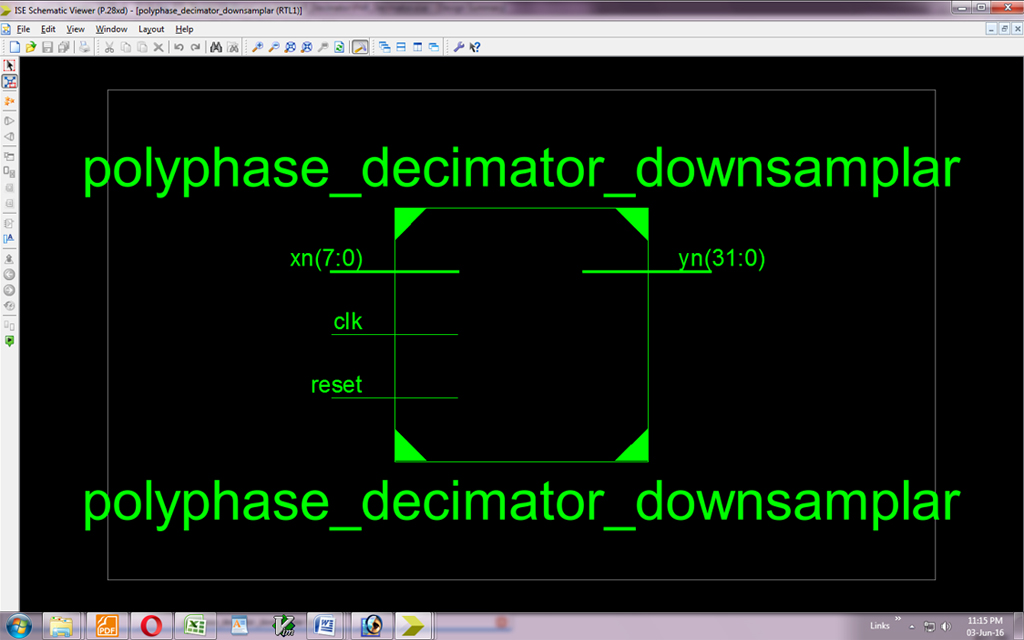
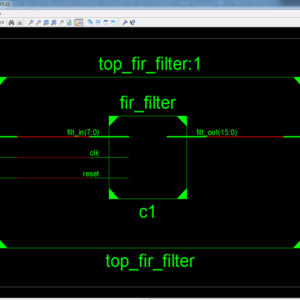
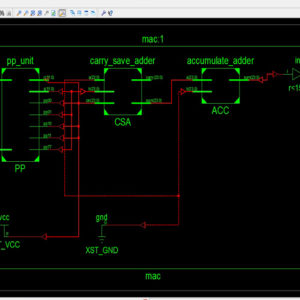
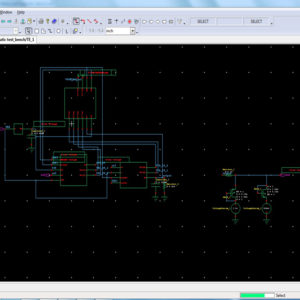

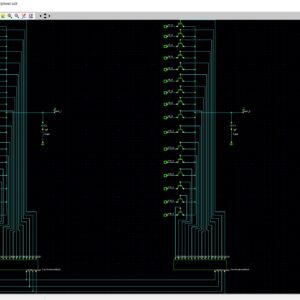
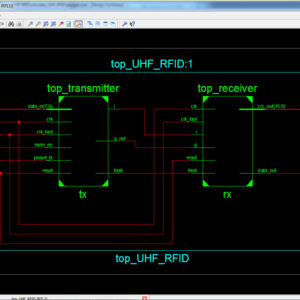
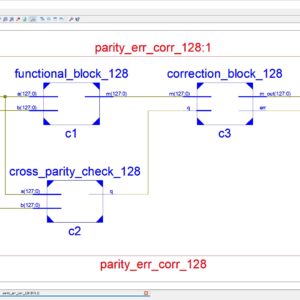
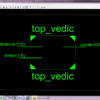
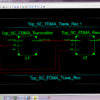
Reviews
There are no reviews yet.